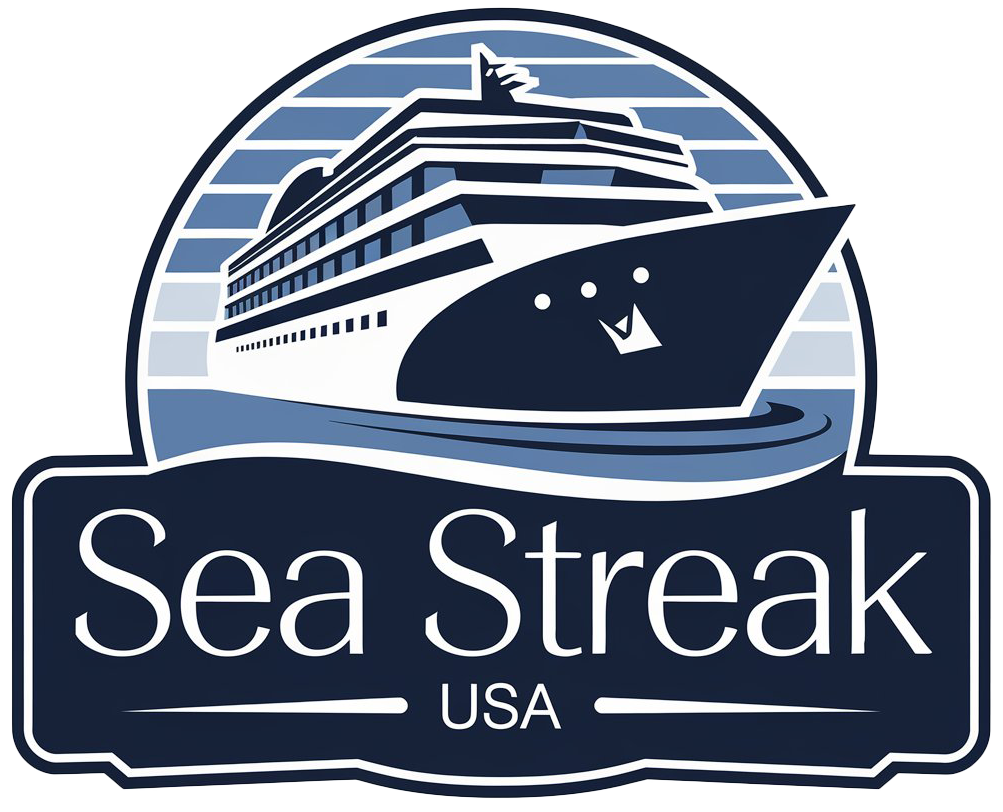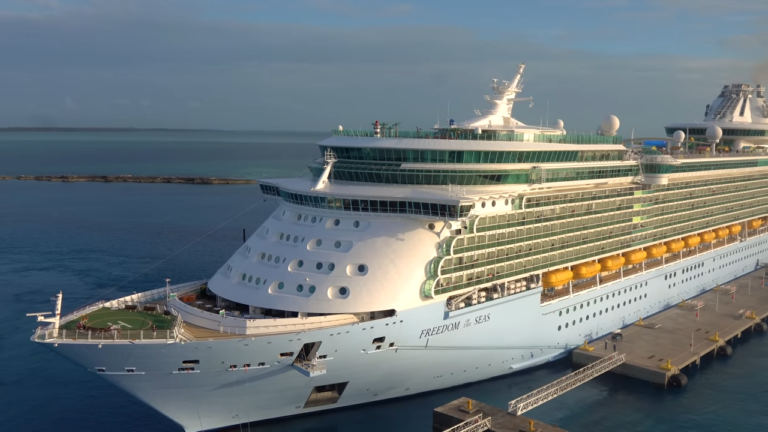Planning a cruise can spark a lot of excitement—and sometimes, a little panic, especially if you’re staring at your expired passport or don’t have one at all.
The good news?
Not every cruise requires a passport, but knowing when you do can save you from unexpected hiccups and stress later.
Let’s break it all down together, starting with what’s required and why having a passport is often the safer choice.
What Is a Closed-Loop Cruise, and Why It Matters
View this post on Instagram
If you’re eyeing a cruise departing from and returning to the same U.S. port (known as a “closed-loop cruise”), you might be in luck.
Popular closed-loop cruises to destinations like Mexico, Bermuda, or the Caribbean don’t require a passport for U.S. citizens.
Here’s what you will need:
- Government-issued photo ID (e.g., driver’s license)
- Proof of citizenship, such as a certified birth certificate
This rule applies to most major cruise lines, including Royal Caribbean, Carnival, and Norwegian Cruise Line. However, there are exceptions. For instance, some destinations in the Caribbean, like Martinique and Guadeloupe, still require passports.
U.S. River Cruises: A Passport-Free Option
American Cruise Lines Opens 2024 Mississippi River Season–Announcing More U.S. Riverboats & Exclusive New Cruises. (link below to read full release/news)https://t.co/jVUM4GOUDU pic.twitter.com/IHF9u1zN81
— American Cruise Lines (@American_Cruise) February 21, 2024
If the thought of international travel feels daunting, U.S. river cruises offer an excellent alternative.
Companies like American Cruise Lines and Viking River Cruises focus on domestic routes, such as the Mississippi River or the Columbia and Snake Rivers.
These cruises don’t require a passport since they never leave U.S. waters.
Here’s why river cruises stand out:
- Ships are flagged in the U.S., so no international stops are required.
- Smaller ships cater to intimate experiences, often with fewer than 200 passengers.
- Perfect for travelers seeking a relaxing, slower-paced adventure.
Ocean Cruises Within the U.S.
Not all ocean cruises are alike. Some U.S.-flagged ships—like those from American Cruise Lines or Alaskan Dream Cruises—offer itineraries that stick to domestic waters.
These include routes along the Maine coastline or between Alaskan ports.
No passport is required for these journeys, but keep in mind that these cruises often come with a smaller, more boutique-style experience compared to mega-ships.
When You’ll Definitely Need a Passport
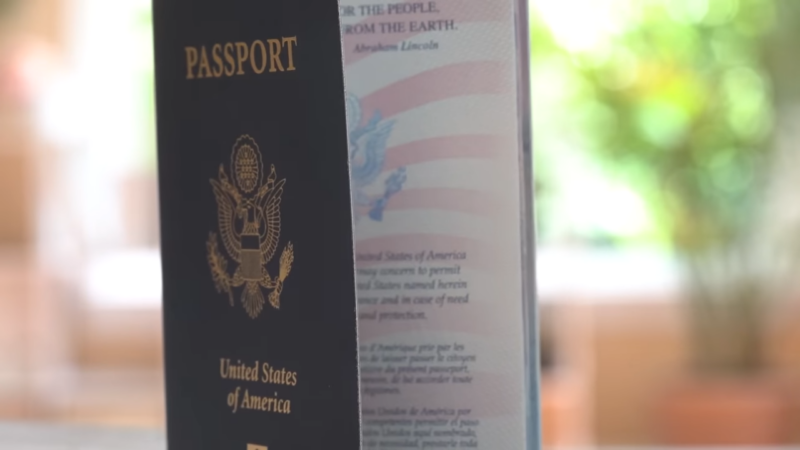
For international cruises—especially those starting or ending in foreign ports—a passport is a must. Let’s explore some scenarios:
Examples of Cruises That Require a Passport
- Transatlantic crossings: Departing from Miami and arriving in Europe.
- Asia or South America itineraries: Traveling between multiple countries.
- Day excursions crossing borders: For example, taking the White Pass and Yukon Railway into Canada during an Alaska cruise.
Passport Cards vs. Passport Books: What’s the Difference?
If you’re looking to save money or don’t plan to fly internationally, a passport card could be a decent option. Here’s a quick comparison:
Feature
Passport Card
Passport Book
Cost
~$30
~$130
Size
Wallet-sized
Traditional book with pages
Validity
10 years for adults
10 years for adults
Travel Options
Land/sea from Canada, Mexico, Caribbean
Valid for all international travel
Air Travel
Not allowed
Fully allowed
While a passport card works for closed-loop cruises and travel to nearby countries, it can’t replace a passport book if you need to fly back to the U.S. from an international destination.
How Long Should Your Passport Be Valid?
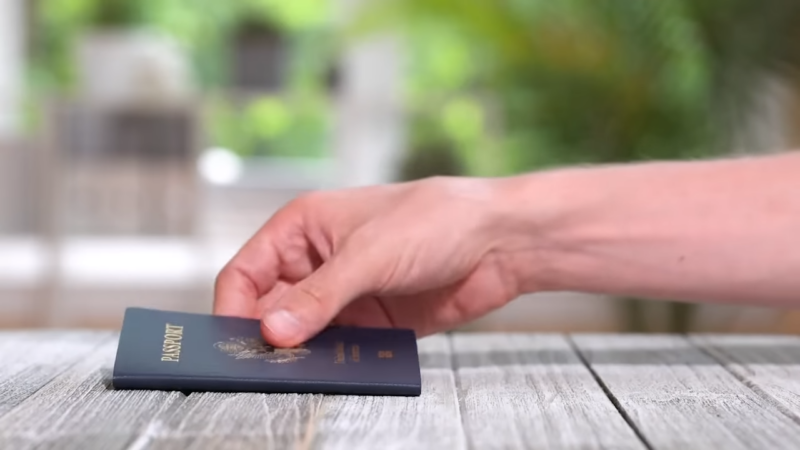
Passport expiration dates can sneak up on you, so always check in advance. Many countries require your passport to be valid for at least three to six months beyond your travel dates. For example:
- Spain: 3 months beyond travel dates.
- France and Italy: 6 months recommended.
Renewing a passport can take up to 8-10 weeks, so don’t wait until the last minute. If you need it faster, expedited services can shorten the process to around 2-4 weeks—but expect to pay extra.
Emergencies Happen: Why Having a Passport Is Smarter
Imagine missing your ship during a port stop or needing medical evacuation to another country. Without a passport, things get complicated fast. A certified birth certificate and photo ID might help you secure temporary documentation, but it’s a lengthy and stressful process.
Tips for Peace of Mind
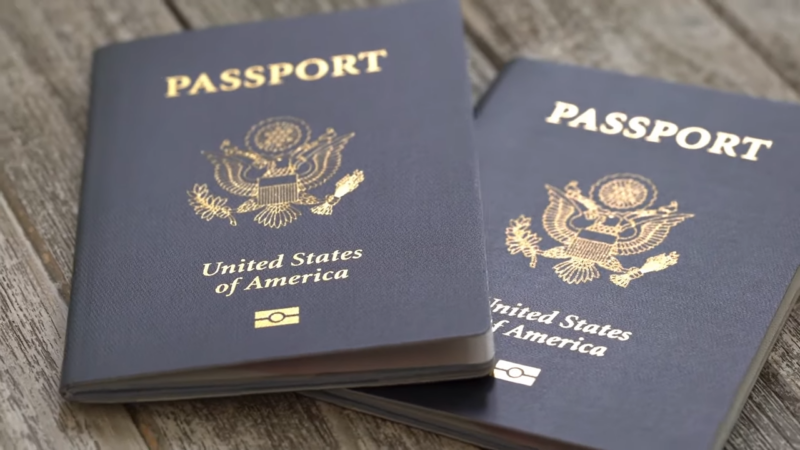
- Make Copies: Leave a color copy of your passport with a trusted person back home or upload a digital copy to a secure cloud service.
- Check Entry Requirements: Visit the U.S. Department of State’s website for up-to-date information on travel requirements.
- Emergency Plans: Know where the nearest U.S. Embassy or consulate is located at each port.
Final Thoughts
Even if your planned cruise doesn’t technically require a passport, having one can make your travel experience smoother and safer. It’s an investment not just in this trip, but in your future adventures. Whether you’re exploring Alaska, cruising the Caribbean, or dreaming of a transatlantic voyage, a passport opens the door to endless possibilities.
Grand Circle Cruise Line, known for its exceptional itineraries, also encourages travelers to have a passport for even more seamless and exciting experiences.
So, what’s holding you back? Take the leap, get that passport, and let your wanderlust lead the way. Safe travels!
